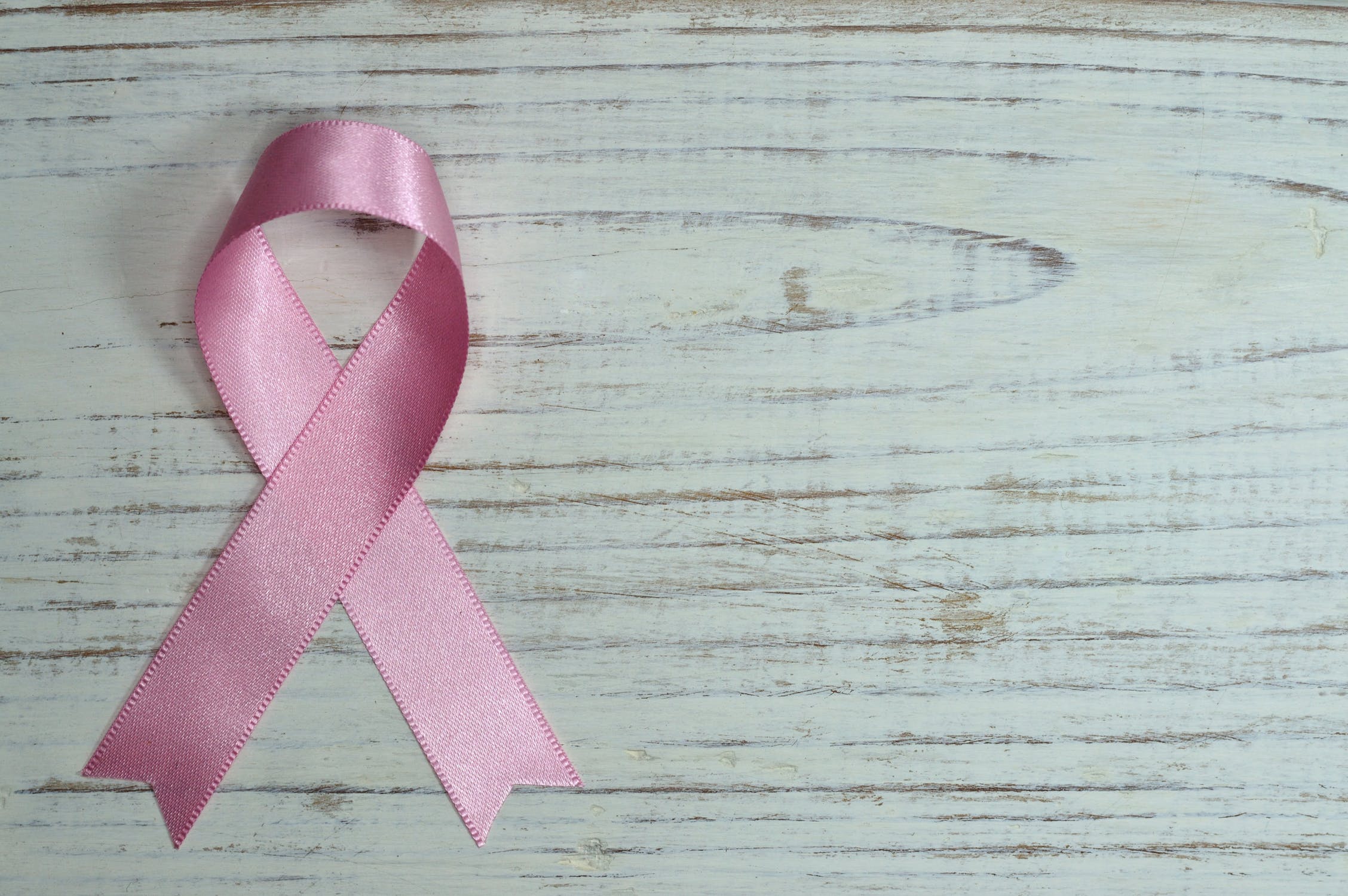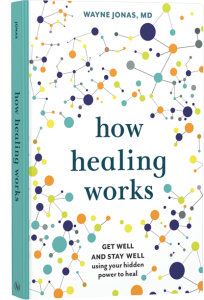My wife, Susan, has experienced five types of cancer in her life—breast, melanoma, basal cell, and squamous cell and we have always been very different in our responses to it. I, like most physicians, am a do-er—always looking for something to add or manipulate in a person with the idea it will cure them. Susan is more of a be-er—weighing the value of these recommendations with her own values and desires.
When faced with a challenge, my instinct is to do it all and look everywhere. If there’s a hint of evidence for benefit, I like to try it out, provided the risks are not too great. My wife, on the other hand, is a minimalist; her attitude is “Tell me what I absolutely have to do and I’ll do it grudgingly, folding up inside my shell and sleeping until it’s over.”
Healing requires both responses, but not too much of either one.
Most important, the response must be created by and meaningful for the person in need of the healing. The methods, whether trying out multiple treatments or holing up in bed, are all simple techniques for navigating the maze of responses when our health and life is threatened.
Our support network (and Susan’s age) allowed her to undergo intensive chemotherapy and recover rather rapidly, but not without some long-term residual problems including increased weight, early onset of menopause, some cognitive impact (called chemo brain in the medical literature), and mild damage to her nerves—peripheral neuropathy, which causes numbness and tingling in the fingers and toes.
Searching For Cures
Meanwhile, I was out looking for cures. At that time, I fully drank the biomedical Kool-Aid. I was convinced that science and evidence-based treatments were out there for cancer. I read about and collected articles and books about cancer treatments. I talked to my colleagues to get their thoughts and recommendations. I urged Susan to do many of these treatments. Often, they were not available locally. She complied for a while as we traveled around and tried many of them; me looking for a magic bullet; she rather reluctantly.
Most of those treatments turned out to be useless, and some even diminished the quality of her life—and mine. At the time, I did not understand the decline effect whereby treatments initially look beneficial but further research demonstrates their limited impact. I was only beginning to understand the role of the meaning response in healing.
Alternative Therapies
When Susan was diagnosed with breast cancer the second time, the first thing I explored was the possible benefit of her getting other types of therapies besides the conventional chemo and surgery. I considered supplements to prevent neuropathy and chemo brain, immune therapies to prevent recurrence, and lifestyle changes— exercise and diet—for overall health and recovery.
But the evidence for most of these approaches was modest or nonexistent. In addition, the local oncologists had no expertise in these approaches; you had to travel to find them. Susan had promised and wanted to help our son and daughter-in-law take care of the grandbaby. So running off to another part of the world to try other treatments and tests was simply out of the question. Even seeking out those treatments would remove from her one of the most meaningful activities she had in her life.
“We need to find something else,” she told me, “close to home and just as good.” We then found out that advances in breast cancer management would make that challenging in a different way.
Modern Advancements And Genetic Testing
In the last twenty-five years, there have been major advances in the management of breast cancer. These new approaches are guided by genetic testing.
The nice thing about genetic tests is they can help tell what the survival benefit from chemotherapy will be for many patients—so they provide that therapy for only those that it will help and avoid harming all the others. Susan had those tests and hoped she would not need chemotherapy. Unfortunately, her tests demonstrated that Susan was highly susceptible to a recurrence of the tumor. New chemotherapies like paclitaxel that hadn’t existed twenty-five years before might be helpful to reduce that risk.
The additional benefits of chemotherapy were modest, improving her ten-year survival chances by 7%—from 88% to 95%. Also, new and sophisticated imaging tests showed that she had atypical cells in her other breast that might become cancer in several years. “Might” was the operative word in this case.
Genetic testing is helping us find out which patients may benefit from treatment and which patients the treatment may harm, but there is uncertainty for many. Still, none of this was known twenty-five years ago. For Susan, however, it soon became clear what she wanted to do. She was at high risk for recurrence, so she decided to “hit it with all barrels”—twenty weeks of three types of chemotherapy followed by a double mastectomy followed by ten years of an anti-estrogen drug. She would need to tap into her 80% healing capacity just to withstand the cure. The healing would be hard.
Healing As A Partner To Curing
Our cure-focused medical systems are by far the dominant force, populated with well-trained experts and bolstered by the best (but always uncertain) evidence that modern medical research money can buy. Rarely does this system spend the time or money to investigate or provide care for what the whole person needs for healing—their social and emotional situation; the strength of their physical, nutritional, and mental fitness; the lifestyle and behavioral resources available to help them heal; and the value and goals they have for a meaningful life. We have no integrative health system for the delivery of both curing and healing in cancer, for bringing together evidence-based medicine and person-centered care.
Susan and I discussed this dilemma as we sat in the preoperative suite waiting to have a vascular port inserted into her chest through which she would receive her weekly chemotherapy. It was not obvious. Instead of deciding what to do, she paused in the now, meditated, and listened to her innermost self. She wanted to understand how her current disease and treatment might link to her soul. As they rolled her into the operating room, she heard a song over the intercom.
It happened to be a song she had listened to the summer before while walking the Camino de Santiago (The Way to St. James) in France and Spain with our daughter. The song was “All of Me” by John Legend. Suddenly, the memory of that wonderful, spiritual walk came back to her and she felt deeply loved, not just by those around her, but by her own God—even in the midst of this difficult life challenge. She relaxed and released her worries about how to solve the dilemma she now faced. As she drifted off under anesthesia, she had a flash of insight. To embed meaning into her healing and integrate it with her cancer treatment, she would need a healing space in our home and we needed to redo our bedroom. Read about Susan’s healing environment in Chapter 5 of How Healing Works.
Adapted and reprinted with permission from How Healing Works: Get Well and Stay Well Using Your Hidden Power to Heal by Wayne Jonas, MD, copyright ©2018. Published by Lorena Jones Books, an imprint of Penguin Random House LLC.
Drawing on 40 years of research and patient care, Dr. Wayne Jonas explains how 80 percent of healing occurs organically and how to activate the healing process.



 Take Your Health Into Your Own Hands
Take Your Health Into Your Own Hands